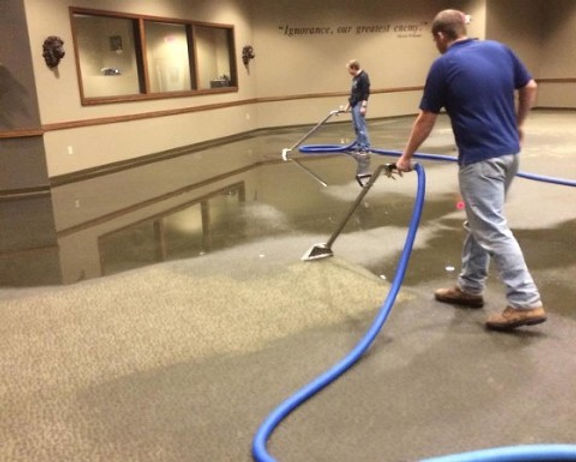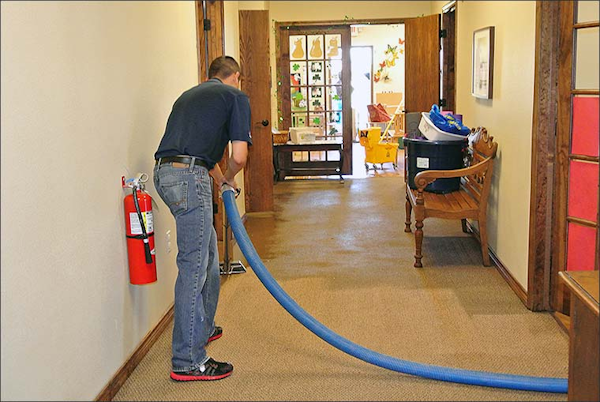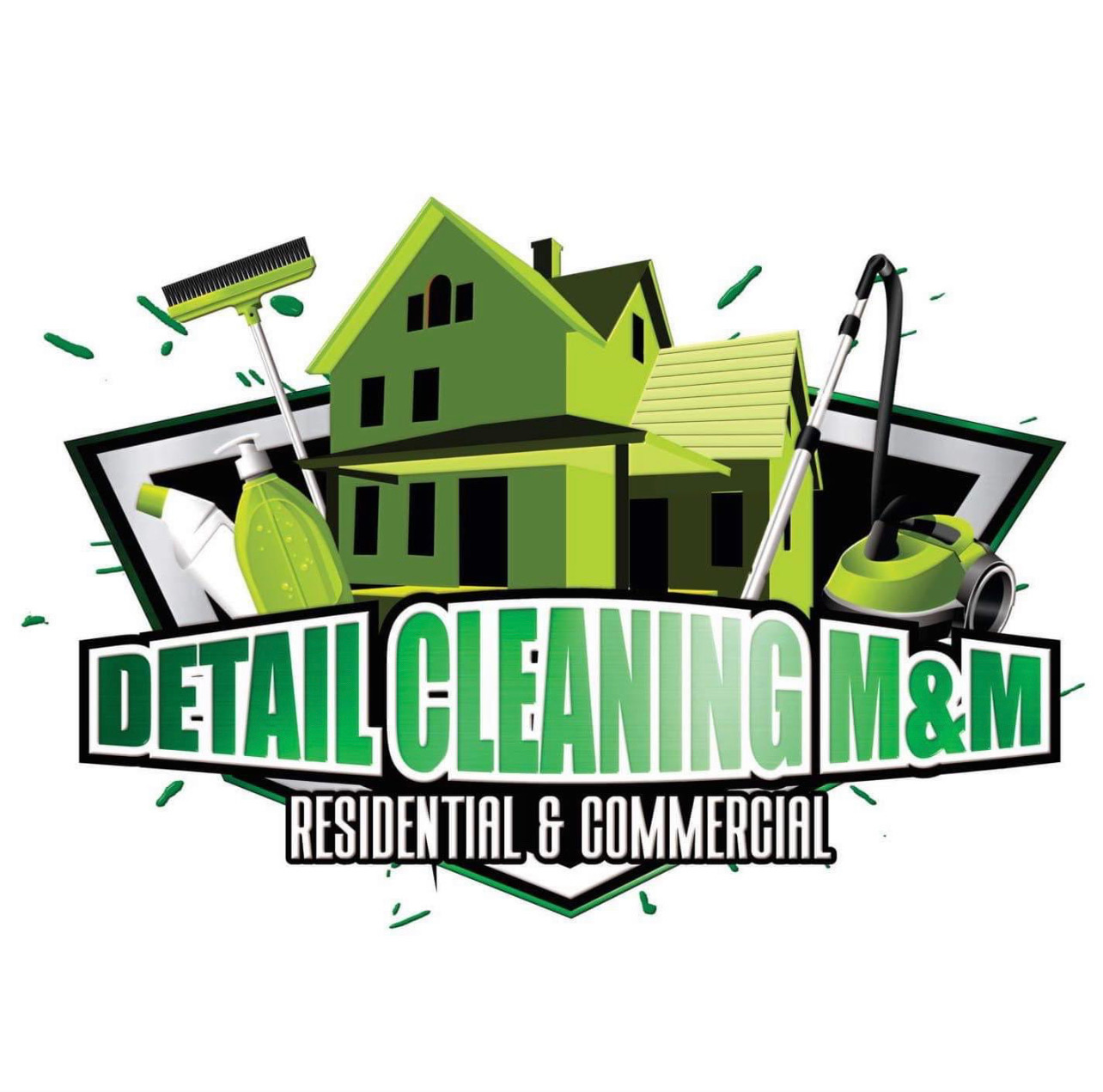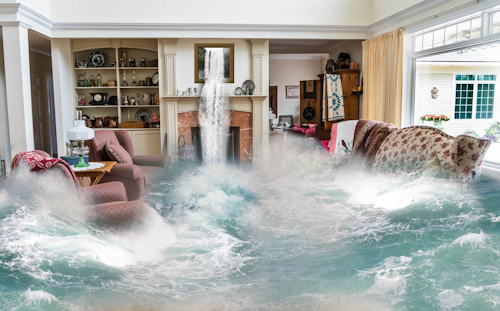Understanding Water Damage
The world of carpets is not always as luxurious and comfortable as one would hope. At times, it can become damp, musty, and unsettling – especially when faced with water damage. Quick and appropriate action is imperative in these situations. So, come join us on our journey to learn about the best way to care for your carpets!
Water damage is a devastating issue that can wreak havoc on any surface or system. It occurs when an excess amount of water infiltrates and saturates a material, causing potential loss and destruction. In the case of our beloved carpet, it becomes the victim of this excess water.
But not all water is created equal. There are different types that can cause varying degrees of damage. First, there’s clean water – straight from the source, like a leaking faucet. Though seemingly harmless, given enough time, it can turn your carpets into a soggy disaster.
Next, we have grey water – more ominous in nature. This type may contain chemicals or contaminants, such as from an overflowing washing machine. It not only causes significant damage but also poses health risks.

Lastly, black water is the most dangerous and destructive form. Think of sewage water or floodwater – highly hazardous and capable of causing severe damage. Immediate professional intervention is necessary to prevent further harm.

And the consequences? Fiber deterioration, discoloration, foul odors, and in severe cases, mold growth – every carpet’s worst nightmare! It’s crucial to address water damage promptly to avoid these detrimental effects on your beloved carpet.
Prevention of Water Damage
As the old saying goes, “Prevention is better than cure.” And when it comes to maintaining your home, this statement couldn’t be more accurate.
One of the most crucial elements in preserving the pristine condition of your living space is regular maintenance and cleaning of carpets. From weekly vacuuming to annual deep cleaning, these simple tasks can make a world of difference in the long run. Additionally, promptly attending to spills and stains can prevent water damage and preserve the longevity of your carpets.
But carpet care isn’t the only concern. Your home appliances also play a significant role in keeping your carpets in top-notch condition. It’s essential to ensure that they are correctly installed and well-maintained, as a malfunctioning dishwasher or washing machine can wreak havoc on your flooring.
Furthermore, a well-designed home layout and a reliable plumbing system are vital factors in preventing any potential carpet disasters. Proper drainage, strategically positioned pipes, and regular plumbing check-ups can save you from unexpected heartache and costly repairs. In the end, taking preventive measures is key to ensuring your carpets stay clean and beautiful for years to come.

Identifying Water Damaged Carpets
With these prevention tactics in hand, the question remains: how can you determine if your carpet has suffered from water damage? The signs may be subtle at first, but they can range from visible mold growth and musty odors to discoloration and a lingering dampness. It’s like a persistent cold that your carpet just can’t shake off – impossible to ignore. However, some water damages may be hidden from plain sight, requiring special tools and techniques to detect. Infrared cameras and moisture detectors are essential for uncovering these covert operations. Or, if you prefer to leave it to the experts, our team at Matty’s is always available to assist with any water damage concerns. Don’t let your carpet suffer in silence – take action now before it’s too late!
Immediate Actions After Water Damage
The sudden realization of water damage can be jolting, causing fear and panic to surge through your body. However, it’s crucial to remain calm in this situation.
Above all, prioritize your safety. Do not attempt to wade through deep water, especially if it may be contaminated or if there is any electrical equipment nearby. Make sure to protect yourself by wearing appropriate gear.
To prevent further damage, try to stop the source of the water if possible. Then, carefully remove furniture and other items from the affected area. The next step is to begin drying out the carpet immediately. This can be achieved through various methods such as using fans, dehumidifiers, or even relying on natural sunlight to aid in the process. Whatever means available should be utilized promptly to prevent any further harm.
Cleaning Water Damaged Carpets
Here comes the most crucial phase: cleaning your water damaged carpet. In the spirit of being thorough, let’s look at this from two different angles: DIY cleaning for minor water damage and professional cleaning for more serious cases.
DIY Cleaning Methods for Minor Water Damage
Imagine this as a first aid kit for your carpet, ready to tackle any minor mishaps that may occur. While it may not be suitable for more severe cases, it can certainly come in handy during an emergency. So let’s dive into your step-by-step plan of action.
Remove as Much Water as Possible: The longer water lingers on your carpet, the greater the damage it can cause. Waste no time and arm yourself with a powerful wet/dry vacuum to extract as much water as you can. Pass over the damp areas multiple times until all visible moisture is gone.
Apply a Carpet Cleaning Solution: It’s crucial to select a product that is specifically designed for use on carpets. And don’t forget to test it on a small, inconspicuous area first to ensure it won’t cause any discoloration. Once you’ve confirmed its safety, apply the solution generously to the affected areas.
Gently Scrub Away: Find yourself a soft-bristled scrub brush and gently work the cleaning solution deep into the fibers of your carpet. Be gentle yet thorough, avoiding excessive force that could potentially harm the delicate fibers.
Rinse and Dry: After applying the cleaner, rinse the area with cool, clean water. You can use a sponge or cloth to carefully blot away any excess moisture. Then comes the crucial step of drying – grab some towels and continue blotting until the area is completely dry. For optimal results, utilize a high-speed fan or open up windows to allow for natural air circulation. If possible, consider using a dehumidifier to speed up the process.
Sanitize the Area: When dealing with water damage, bacteria and other harmful microorganisms often follow closely behind. Once your carpet has thoroughly dried, it’s essential to take precautionary measures by sanitizing the area. Choose a disinfectant specifically formulated for use on carpets or create a safe solution using vinegar and water to eliminate any lingering bacteria.
When to Call a Professional Cleaner
DIY methods can be quite effective for minor cases, but when your plush carpet has been thoroughly soaked through or exposed to contaminated water, it’s time to call in the big guns.
Hot Water Extraction: This is a popular method used by trained professionals. It involves injecting a mixture of steaming hot water and specialized cleaning solution into the lush fibers of your carpet, under high pressure. With precise precision, they extract not only all the dirt, but also all the moisture. This method is exceptional for deep cleaning and dealing with stubborn stains and unpleasant odors that may have seeped into your carpet.
Encapsulation: Another skilled technique, using synthetic detergents as its base. Once applied, these cleansing agents crystallize into powder form as they dry. As they encapsulate or “trap” the dirt within their grasp, they transform that same dirt into a powdery substance. When completely dry, this newly transfigured dirt is then swiftly vacuumed up – every last bit of it – leaving your carpet looking like new again. A highly effective and low-moisture method that avoid any risks of over-wetting and damaging your beloved carpet.
Steam Cleaning: An extraordinary powerful method that professionals might use is steam cleaning. In essence, this one-of-a-kind method leverages high-temperature steam to loosen deeply embedded dirt and eradicate bacteria and pesky dust mites lurking within the depths of your carpet’s fibers. Unlike many other methods which may require chemicals, this decontaminating process requires none, making it perfect for households with little ones or pets who may be sensitive to certain chemicals. However, it must be performed by knowledgeable professionals to ensure no over-wetting or damage occurs to your luxurious carpet.
Remember, professional cleaners possess not only the right tools and techniques but also extensive experience and expertise in handling various types of carpets and challenging water damage scenarios. So, when in doubt or facing a daunting carpet catastrophe, always reach out to a professional – it may save your carpet and your sanity!
Restoration and Replacement of Water Damaged Carpets
Sometimes, despite our best efforts, a water damaged carpet can’t be saved. This is usually the case when contamination is high, or the carpet has been submerged for a long time.
Restoration involves thorough cleaning, drying, and sanitization. But if the damage is too extensive, replacement may be the only option. When choosing a new carpet, consider factors like the room’s usage, your lifestyle, and the carpet material.
Conclusion
The journey has been long and arduous, but we have finally reached our destination. With a deep understanding of water damage and all its facets – prevention, identification, and immediate action steps – we are now equipped to face any carpet-related challenge. Don’t let the weight of a waterlogged carpet dampen your spirits. Armed with knowledge, take swift action to rectify the situation. Let us not forget that carpets hold memories, stories, and comfort within their fibers – they deserve our diligent care and attention. So go forth, fearless and prepared, and conquer any water damage that may come your way!

